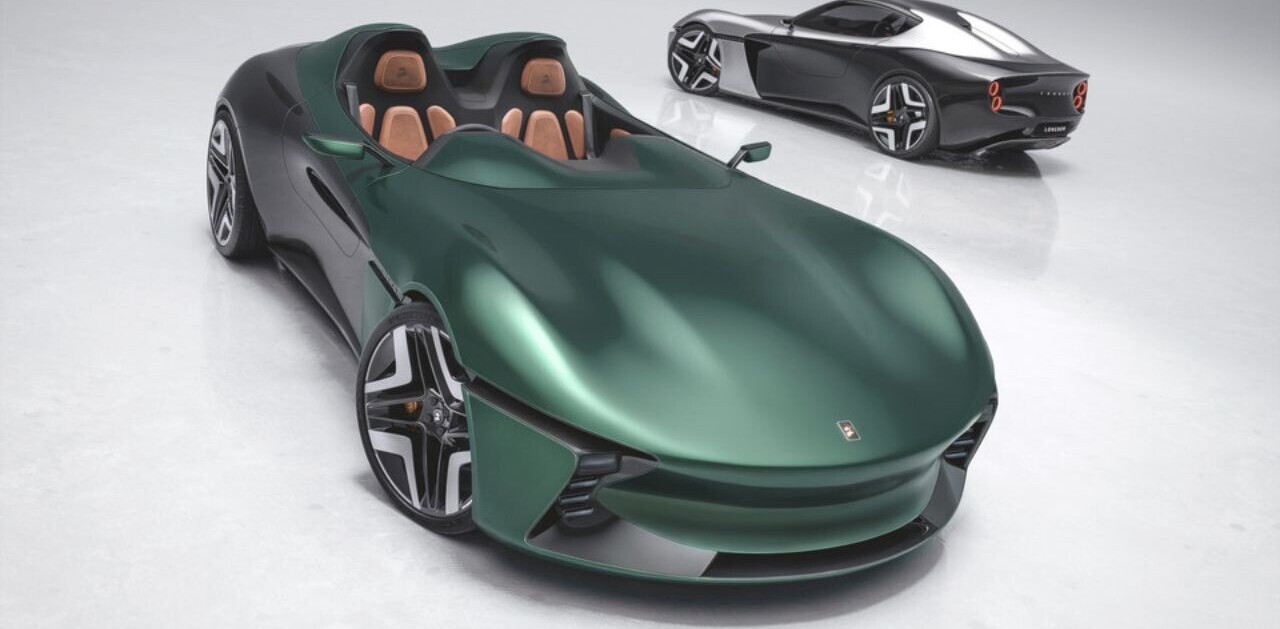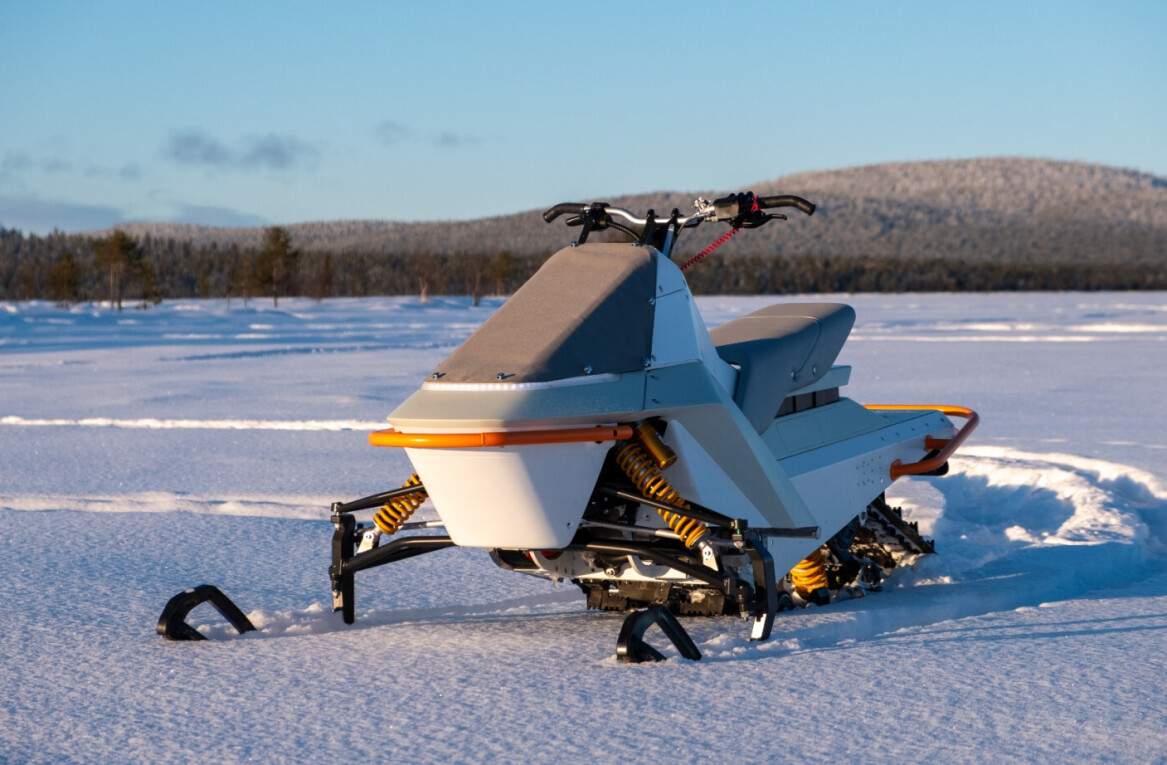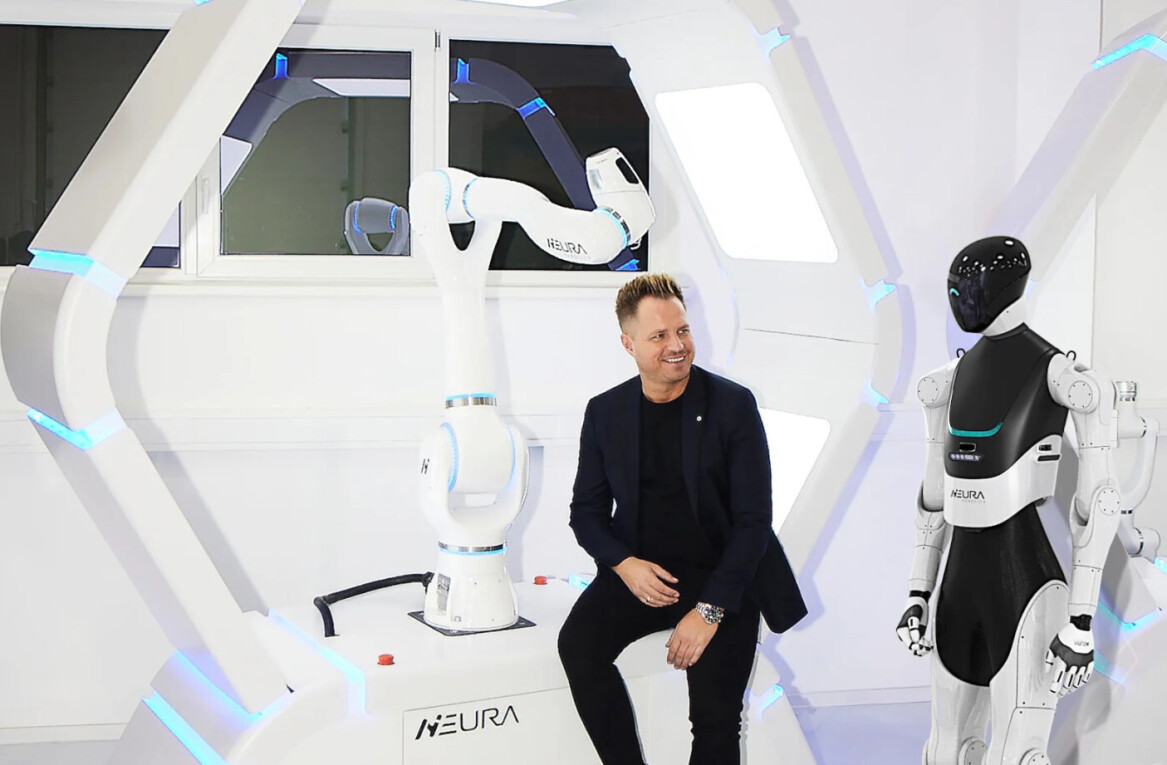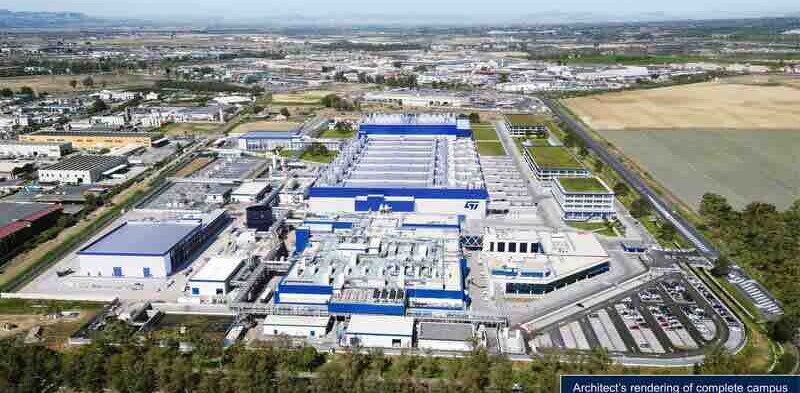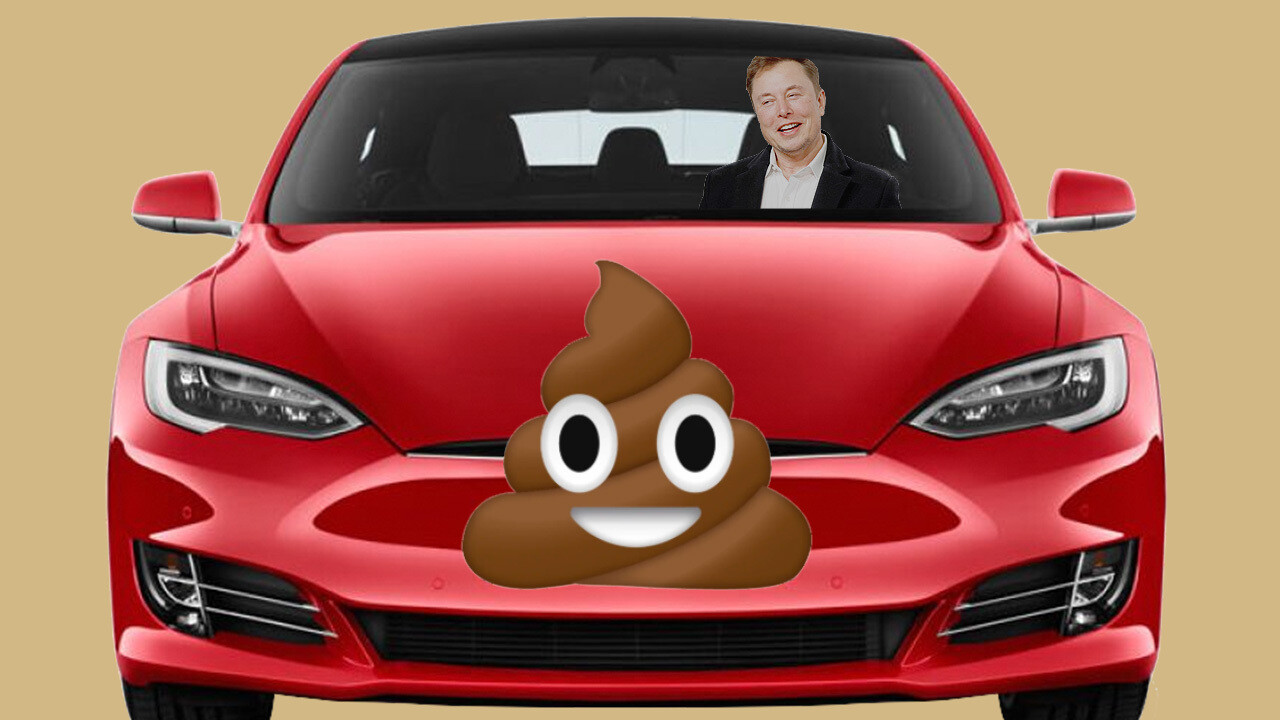
Just this weekend, respected New York Times journalist Farhad Manjoo wrote an article about traveling in a Cadillac Escalade embedded with Super Cruise driver-assist technology.
It erroneously stated that by deploying the technology, a driver could “[their] toes and put [their] hands in the air like [they] just don’t care.“
As well as being cringe-inducing, the article is littered with phrases and descriptions of Manjoo’s behavior while driving that show a fundamental lack of understanding of the abilities of driver-assist technology and what it requires of the driver.
A new name for the Self-Driving Coalition for Safer Streets
And it comes in the week that the Self-Driving Coalition for Safer Streets rebranded itself as the Autonomous Vehicle Industry Association (AVIA). The AVIA represents a unique cross-section of the world’s most innovative technology, automotive, trucking, delivery, and rideshare companies. Its members include Argo AI, Aurora, Cruise, Embark, Ford, Kodiak, Lyft, Motional, Navya, Nuro, TuSimple, Uber, Volvo Cars, Waymo, and Zoox — Tesla is notably absent.

According to the AVIA, the new name aligns with the members’ commitment to precision and consistency in how the industry, policymakers, journalists, and the public talk about autonomous driving technology.
The association recently called on all stakeholders to clearly distinguish between AVs and driver-assist to boost consumer trust and understanding.
I’ve written a whole article that deep dives into the technical differences, but the AVIA provide a nice recap:
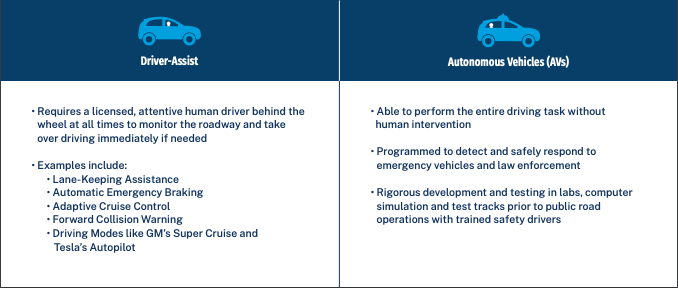
And just a reminder, Super Cruise and Tesla’s Full Self-Driving beta are driver-assist programs, NOT examples of vehicle automation software. And if drivers use them with a false sense of security, the results could be devastating.
Ariel Wolf, the general counsel for the AVIA, points out that if a consumer gets in a vehicle with driver-assist features but is under the false impression that the car is “self-driving” or will “drive itself,” that can lead to misuse of the technology.
We’ve seen plenty of examples of that with people driving in the back, making porn movies, and sleeping in their Teslas.
Wolf asserts that this also hurts the advancement and reputation of vehicle automation technology. Especially if journalists mislead consumers to believe that incidences of driver-assist misuse involve a car that was “self-driving.”
If we go back to Manjoo’s article, the author refers to driving assistance as “self-driving systems,” noting that some require the person in the driver’s seat to hold the wheel while Super Cruise dispenses with the wheel touching.
This is misleading, as it suggests the car is driving by itself and is in control. Both Tesla’s FSD and Super Cruise require the driver to be fully aware and responsible for controlling the car, whether their hands are on the wheel or not. They need to fully pay attention and be able to take over the car in a split second without warning. This would not be needed if a car was actually driving itself.
The AVIA is not the only industry insider cleaning up its language
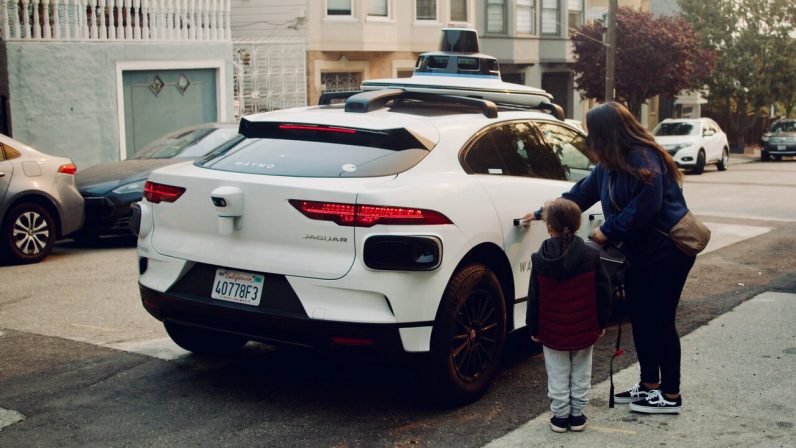
Early last year, ride-hailing company Waymo announced they would no longer reference “self-driving” when referring to their technology. Instead, they use the term fully autonomous driving technology.
The company explained that “some automakers use the term ‘self-driving’ inaccurately, giving consumers and the general public a false impression of the capabilities of driver-assist (not fully autonomous) technology.”
Ok, they haven’t explicitly mentioned Tesla, but I think we can all take an accurate guess who they are talking about.
They stress that this is more than just a branding or linguistic exercise in that a false impression of advanced driver assistance could lead someone to unknowingly take risks (like taking their hands off the steering wheel), jeopardizing not only their own safety but the safety of people around them.
The public perception of vehicle functionality and safety matters. As technology advances, it is vital that the auto industry unites around the terminology it uses.
It’s a crucial driver of its work with lawmakers, regulators, and the public to realize the safety, and societal benefits of autonomous vehicles.
Get the TNW newsletter
Get the most important tech news in your inbox each week.
